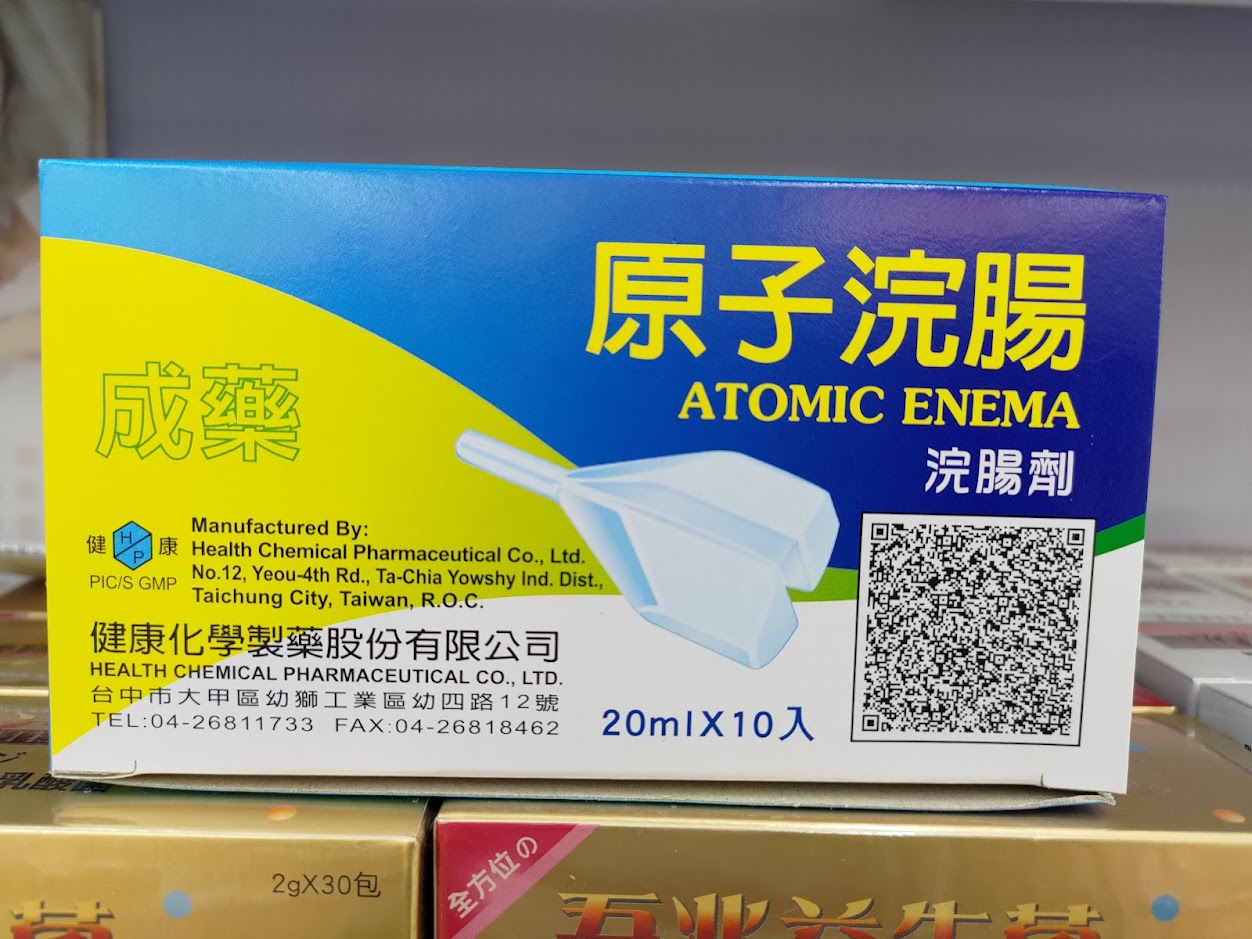Streeeeeetch
Packaging for a box of sweets that a friend brought to me from China a few days ago:
Read the rest of this entry »
Packaging for a box of sweets that a friend brought to me from China a few days ago:
Read the rest of this entry »
Medical apparatus and preparation from Taiwan:

Source: "Atomic Enema Gwoyeu Romatzyh", Pinyin News (8/17/22)
Read the rest of this entry »
[This is a guest post by Nathan Hopson]
Today I bring you this cringey translation from the social networking app Line (developed in South Korea, very popular in Japan):
Read the rest of this entry »
From Mark Swofford:
The back of a restaurant stand going up in front of the Banqiao train station as part of a temporary market for the Christmas season.
Read the rest of this entry »
Café de Coral Advertisement with Hong Kong Cantonese Lexical Items:
(source: from their Instagram account)
Read the rest of this entry »
This Chinese article is about a man who has made a living by painting slogans and ads on village walls for thirty years. Some of the slogans are rather bizarre, as may be seen by looking at the many photographs in the article.
The article says it is such a well-paying job that the man was able to buy 6 apartments in his hometown with his earnings. Painting on walls is one of the major ways to advertise or propagate goods and ideas in the countryside.
There are many examples of such signs in the article, but I couldn't understand all of them upon first glance, so I wondered if the country folk would be able to read the signs. I asked a number of my graduate students from China, and they all said, yes, the country folk not only would be able to read them, but would enjoy them and would be motivated to buy the products and services promoted by the signs.
Read the rest of this entry »
Sign at a shop in Changzhou, Jiangsu, specifically at the Computer City mall:
Read the rest of this entry »